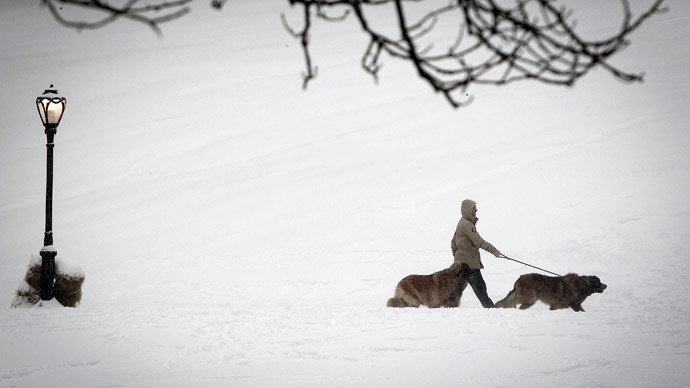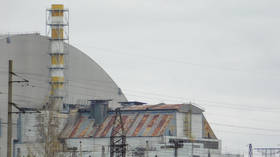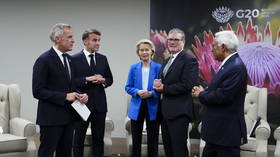Government data: US in decade-long cooling period

New government data suggests that the average temperature in the United States has cooled by approximately 0.7 degrees Fahrenheit during the last decade.
The statistics come courtesy of the National Oceanic and Atmospheric Administration, which for nearly a decade has been collecting weather data from 114 different stations administered by the US Climate Reference Network, or USCRN, across the country. Combined, the weather stations are among the most state-of-the-art and advanced in the nation.
Last month, Watts Up With That? blogger Anthony Watts wrote that an analysis of the last few years’ worth of data implies the US has cooled slightly, not warmed.
“Not only is there a pause in the posited temperature rise from man-made global warming, but a clearly evident slight cooling trend in the US Average Temperature over nearly the last decade,” Watts wrote after examining the data.
“We’ve had a couple of heat waves and we’ve had some cool spells too. In other words, weather,” he wrote.
Watts wrote that by taking into account not just the average temperature anomalies captured by USCRN, but the maximum and minimum temperature data plots made available as well, the US experienced a very subtle drop in temperature which, nevertheless, he qualified as a “notable” cooling trend.
“While we can’t say there has been a statistically significant cooling trend, even though the slope of the trend is downward, we also can’t say there’s been a statistically significant warming trend either,” wrote Watts, who previously spent more than two decades as a television meteorologist. “What we can say, is that this is just one more dataset that indicates a pause in the posited rise of temperature in the Contiguous United States for nearly a decade, as measured by the best surface temperature monitoring network in the world. It is unfortunate that we don’t have similar systems distributed worldwide.”
On Forbes, commentator James Taylor wrote that the data suggests that “global warming is not so dramatic and uniform as alarmists claim.” Both Watts and Taylor, however, have been directly tied to the Heartland Institute think-tank, which has been labeled “the primary American organization pushing climate change skepticism” by the New York Times.
On the Heartland website, Taylor writes that the roughly 0.4 degree Celsius temperature drop that occurred during the last ten years or so “is more than half of the global warming that occurred during the twentieth century.”
Meanwhile, the NOAA’s National Climatic Data Center found recently that despite the minor temperature drop, “the world experienced warmer-than-average monthly temperatures” this past May, marking the three-hundred-and-fifty-first consecutive month in which the global temperature placed above the twentieth century average.
That month the state of Alaska — traditionally one of the coolest — had its sixth warmest May since the NOAA began taking records there in 1918, the agency added.














